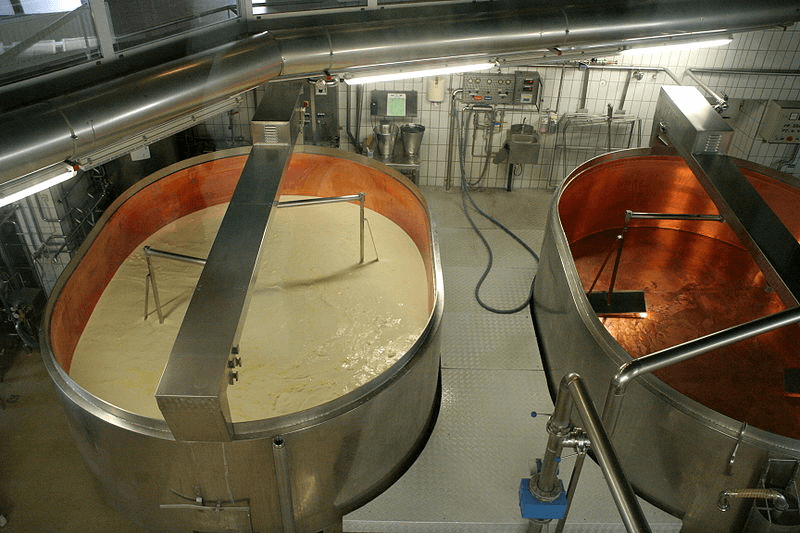John Lucey, director of the University of Wisconsin-Madison’s Center for Dairy Research, wants to turn whey into the chemicals used to make plastics, adhesives and other consumer products that are currently being derived from petroleum. Just like our reliance on oil and gas, Lucey said the chemical building blocks made in oil refineries are holding us back from a greener future.
“We’ve got to replace those too unless we want to keep using fossil fuels,” he said. “These basic chemistry kinds of things, the stuff you would have learned in organic chemistry like butanol — we want to make those kinds of compounds because they can feed into the existing industry.”
In partnership with the Wisconsin Cheese Makers Association, the Center for Dairy Research recently purchased a bioreactor with funding from the 2018 federal farm bill. The stainless steel chamber is designed to control fermentation and will allow researchers to test out different yeasts and bacteria, including ones that have been engineered using gene-editing technology.
“That doesn’t mean it’s going to be easy,” Lucey said. “We need a lot of scaling up the processing, a lot of people figuring out different chemicals and different pathways and engineering. We basically need a lot of activity in this area, because you’ll whittle down the most successful approaches.”































